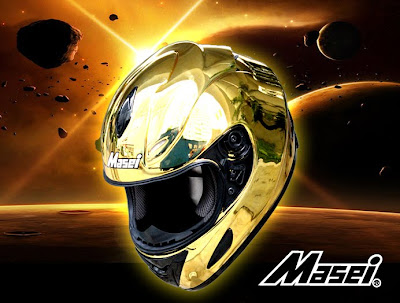It’s been about a year since Bombardier Recreational Products announced it was developing a hybrid version of the Can-Am Spyder Roadster. Developed in partnership with the Advanced Technology Center at Sherbrooke University in Quebec and with funding from the Government of Canada, the hybrid Spyder is an ambitious project for BRP.
CanAm Spyder Roadster with hybrid concept, which produced Bombardier Recreational Products (BRP) chose exhibited for the first 21 to 23 January, 2011di International Motorcycle Show (IMS), Jacob K. Javits Convention Center, New York.
CanAm Spyder Roadster with hybrid concept, which produced Bombardier Recreational Products (BRP) chose exhibited for the first 21 to 23 January, 2011di International Motorcycle Show (IMS), Jacob K. Javits Convention Center, New York.
CanAm Spyder Roadster is a three-wheeled vehicles, with two wheels in front and one behind,
Motor tricycle developed this BRP will show off their newest products with the system plug-in hybrid engine for Can-Am Spyder roadster.
Advanced Technology Center BRP develop plug-in hybrid engines work together Sherbrooke University with the assistance of the Government of Canada funding for the problem of automotive technology program.
CanAm Spyder Roadster with plug-in hybrid engine using cylinder 600 cc that is connected with an electric motor 20 kW. CanAm Spyder Roadster is using lithium-ion battery and Rotax Advanced so that the combustion in the engine will remains efficient.
The sophistication of the plug-in hybrid technology is expected to travel a distance of 600 km, which is where 32 km of them taken without turning the gasoline engine. More than 50% of fuel Plug-in hybrid is very efficient, so the CanAm Spyder Roadster can reduces CO2 emissions when driving up to 375 miles.



































































